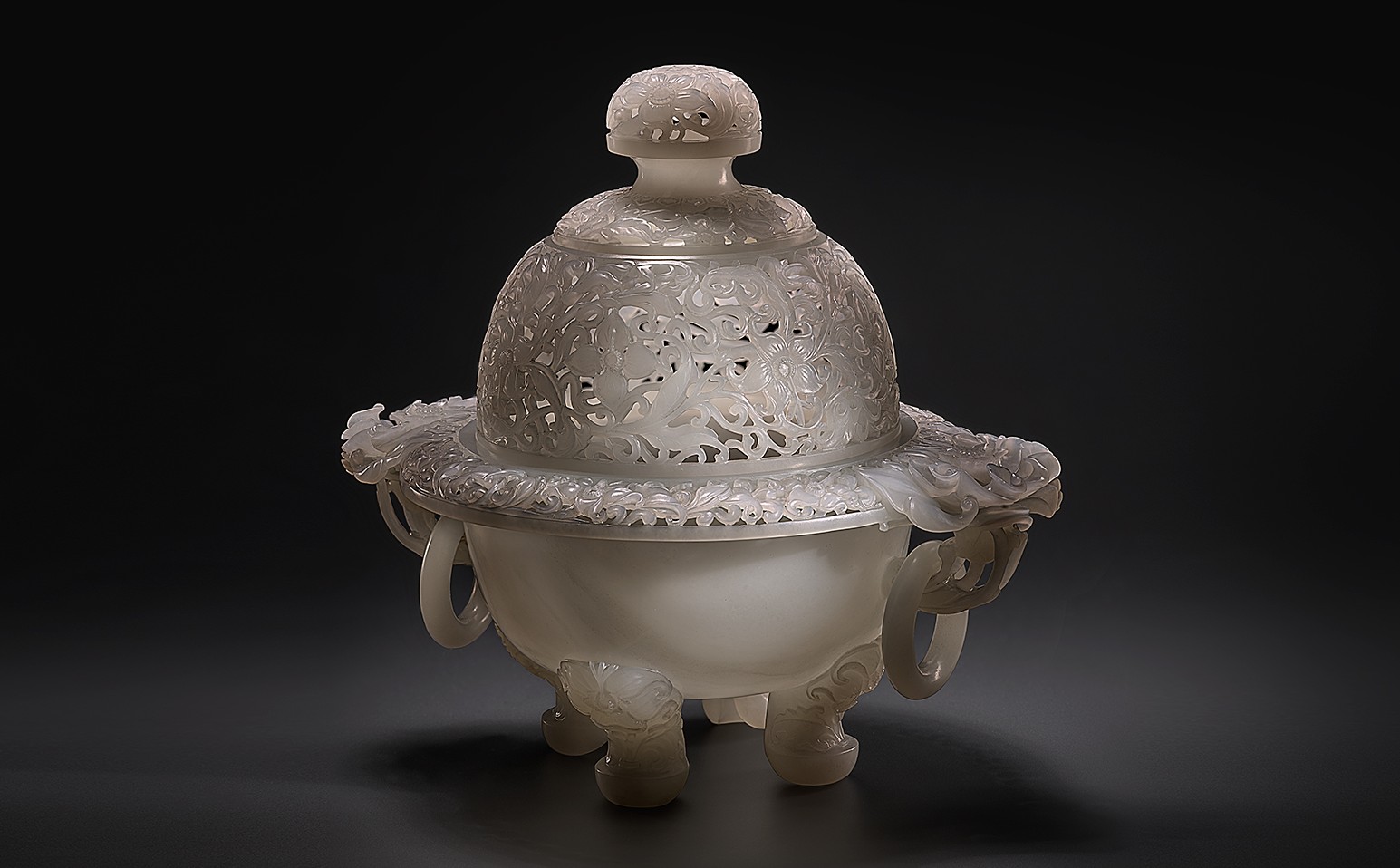Baur
China
The collection of 756 works of Chinese ceramics brought together by Alfred Baur has now acquired a worldwide reputation. Selected for their perfection and the harmony of their forms and decoration, these pieces, presented on two floors of the museum, give an overall idea of the history of Chinese ceramics from the Tang (618-907) to the Qing (1644-1911) dynasties. Particularly well represented are monochromes from the Song period (960-1279), as well as Qing dynasty imperial wares produced in the kilns at Jingdezhen during the reigns of the Kangxi, Yongzheng, and Qianlong emperors (1662 to 1795).
Alfred Baur also collected over 500 snuff bottles, made from a variety of materials, from overlay and inside-painted glass, to rock crystal, agate, chalcedony, porcelain, lacquer, and ivory. The detail and precision of the workmanship which is apparent in these miniaturised scenes fascinated Baur as much as the technical perfection required to produce the much larger jade and hard stone vases of which he was also particularly fond. His collection of some 137 carved jade vessels, including vases, incense burners, and bowls, date from the 18th to the 20th century. Baur much admired the so-called “Mughal”-style pieces, with semi-translucent sides carved in low relief with themes borrowed from the Indian or Tibetan Buddhist traditions.













